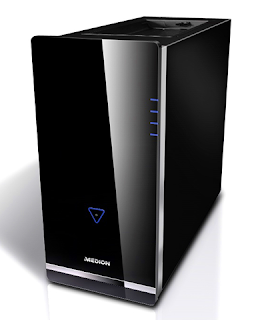Sometimes you are in a need of monitoring the status of your web applications. Simple Server Monitor is a solution for this problem. It is powerful, of low cost and user-friendly server monitoring program that can continually monitor the status of your servers and web applications. When it detects any network uptime losses, then it can alert you with many methods. These alerting methods can be one of the following:
Simple Server Monitor can alert you with pop-up messages, e-mail / cell phone alerts, desktop audible alerts and external application launch. You can also perform its settings in a manner that you want. When you are using the alarming methods, then you can also stay connected with networks and servers from all over the world. In this way you can be aware of maintaining server uptime without losing your mobility. Here uptime deals with the availability of the network. If a website is designed for the purpose of providing continuous service to its customers and clients throughout the world, then its uptime should be higher. If the uptime of any website is higher, then it is more successful in the internet marketplace.
If any website has lower uptime, then it can refuse hundreds or even thousands of visitors. If you want to increase the website reliability then it is necessary that you should monitor the server uptime. Simple Server Monitor also gives the following benefits:
- It provides you up-to-the-minute network monitoring.
- Its performance charts monitors the server operation.
- Simple Server Monitor has better testing as compared with a server ping.
- It can be connected to a service and logs on.
- It provides unlimited e-mail support and free minor updates.






